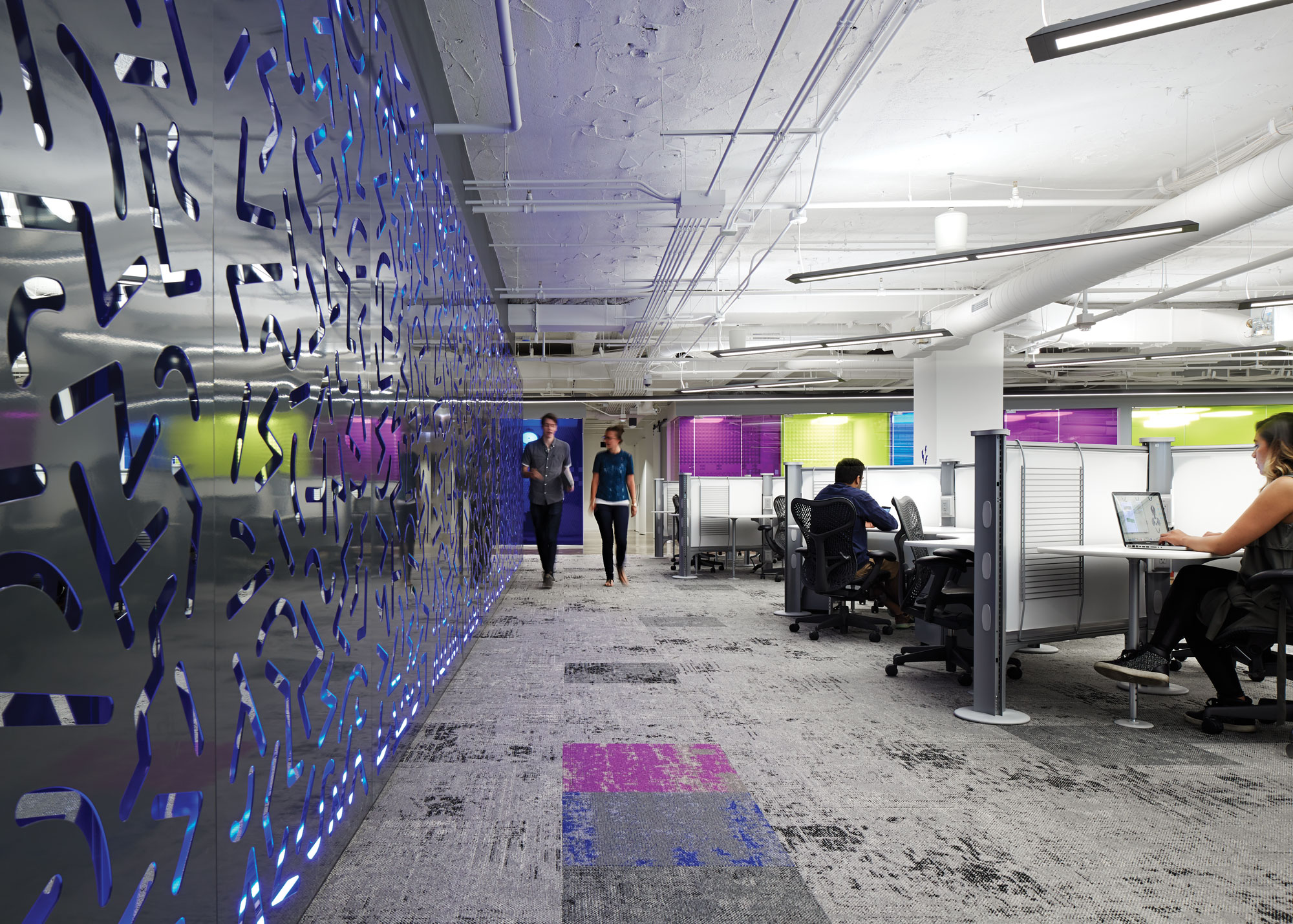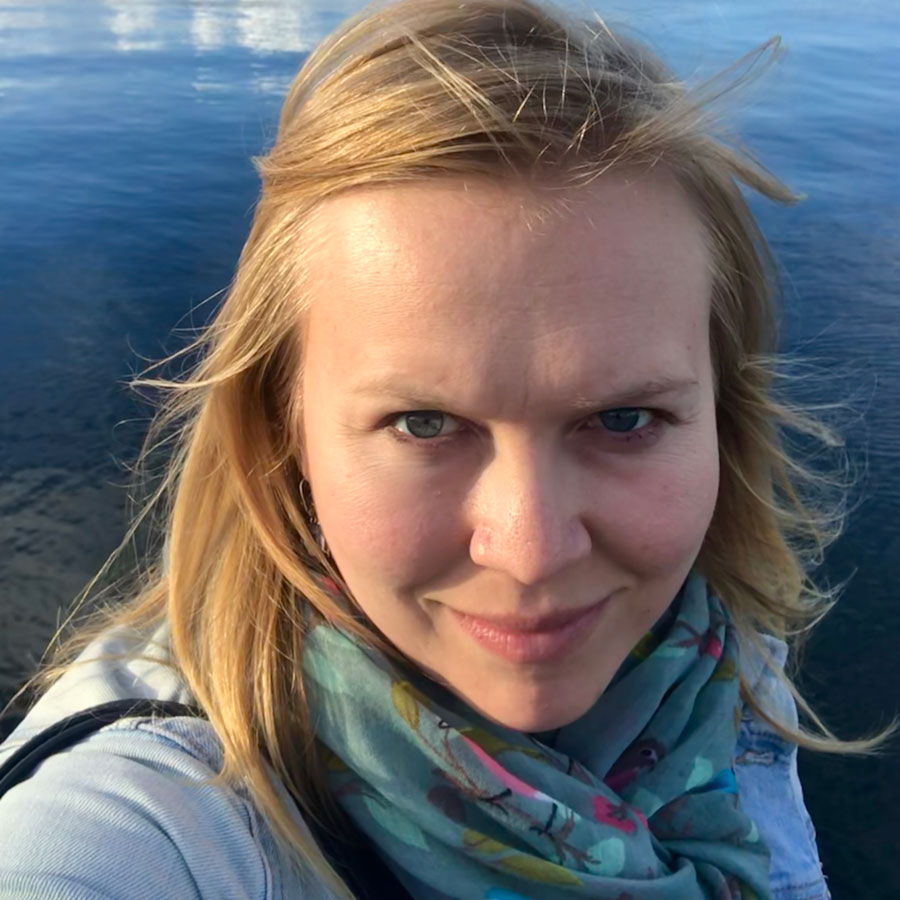When you’re climbing up a mountain trail, you pay close attention to the uneven path beneath your feet. Your attention is likewise focused when traversing a pothole-buckled city street. But this attention doesn’t stop when you walk into an office, hospital, or school. Whether you’re inside or out, the surface below your feet shapes your experience.
That’s a realization increasingly common among architects and designers today, says Jonathan Klinger, chief marketing officer for Tarkett North America, a manufacturer of flooring and sports surface solutions. “The floor isn’t just the floor,” he says. “The floor plays a role in influencing how people fundamentally feel in the space.”
Creating people-focused spaces is fundamental for Tarkett, which has been developing flooring solutions for health care, retail, education, housing, hospitality, sports, and offices for more than 130 years. It’s a focus that aligns with Tarkett’s decades-long commitment to using sustainable practices to create safe and healthy environments.
User-Friendly Materials
The company’s commitment to sustainability holds strong. Tarkett launched its first recycling program in 1957—well before it became an industry buzzword. “Recycling is a huge part of our DNA,” says Diane Martel, vice president of environmental planning and strategy at Tarkett North America.
Tarkett is working toward ambitious goals for 2020, too. By that year, the company aims to send zero industrial waste to the landfill. In doing so, Tarkett aims to double the volume of post-consumer products it gathers through “take-back” programs. After taking back used flooring products once customers are done with them, the company will recycle them into new products—creating an endless production cycle without extracting new materials.
You can’t have people-friendly spaces without materials that respect both people and the environment, Martel says. It all starts with good materials: You can’t respect the environment without practicing good resource stewardship in the materials you use. And you can’t handle the resources in a sustainable way if you’re not reusing those materials at the end of use.
In order to ensure the highest quality materials are used, collaboration between all the teams who work on a project is essential, says Paul Evans, vice president of R&D, Tarkett North America. “R & D and sustainability team up from the beginning of projects so safe materials are chosen and the new product has an end-of-use solution when it is created,” he says.
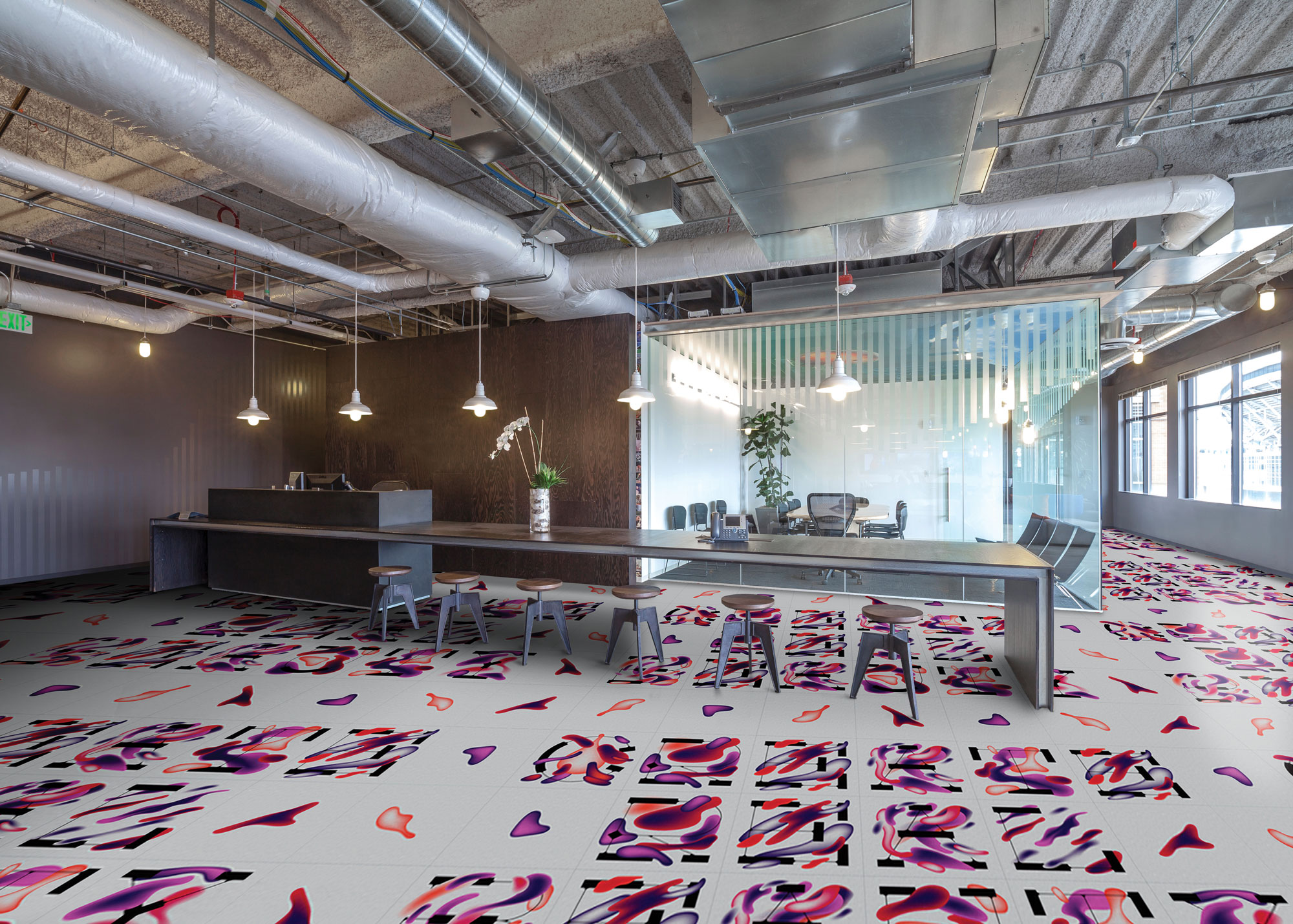
Tarkett’s approach to the built environment is always people-centric, whether it’s an office, hospital, or any other space. Photo courtesy of Tarkett
“If they know they can install a product that’s going to last 50 years, then that provides them an economic peace of mind they would not find in an alternative product.”
Jonathan Klinger, CMO at Tarkett North America
Enhancing the Human Experience
A collaborative, people-centered approach was essential to the execution of one Tarkett installation in Oregon. While surveying stakeholders is a standard part of most projects, it’s not every day those stakeholders are 6-year-olds brimming with ideas for, say, a slide in the school library. Yet that’s exactly what happened at Trillium Creek Primary School in West Linn, Oregon. The project incorporated input from teachers, administrators, staff, community members, and, yes, the kids themselves. All told, some 300 people were weighed in during the planning process, Klinger says.
The process led them to Powerbond, a resilient solution that is 100% recyclable and promotes healthy indoor air quality. The hybrid sheet flooring allows for colorful inlays that add a whimsical element to the school design. For school officials, there were bottom-line benefits. The flooring both resists soil entrapment and masks wear, reducing maintenance costs. And for cost-conscious administrators, a long-lasting product is simply good business. “If they know they can install a product that’s going to last 50 years, then that provides them an economic peace of mind they would not find in an alternative product,” Klinger says.
![[Photo: Courtesy of Tarkett]](https://gbdmagazine.com/wp-content/uploads/2017/04/GBD44_Tarkett_6.jpg)
Photo courtesy of Tarkett
The highly collaborative process was acknowledged, as the project earned the James D. MacConnell Award for its comprehensive planning process. The award, named for an internationally renowned educator, honors educational facilities built through a process of collaboration and communication with the broader community. The success of this project represents the power of incorporating so many views. Or as Trillium Creek Principal Charlotte Morris says, “What happens when a community comes together to think hard and dream together to make the world better for our kids?”
This type of collaboration is essential in a world where ubiquitous interactions are the new currency, says Chris Stulpin, senior vice president of design at Tarkett. “We are truly taking the principles of design thinking and focusing on how we can enhance the human experience with the things we make,” he says. This empathetic and experiential approach gives the company powerful tools to solve problems.
Tarkett’s approach to the built environment, whether in a hospital, office, or school, is consistently people-centric, Stulpin says. By taking the principles of design thinking, product teams focus on how they can truly enhance people’s lives, he says. “We’re no longer developing materials because they need a color update, or we think it’s a neat aesthetic,” he says. “It’s really about, ‘How will these products enhance the human experience?’”
Leading the Way
It’s hard to be a pioneer, Martel says, but as Tarkett has found, it pays off. Throughout its history, the company has been a leader. For example, Tarkett began phasing out ortho-phthalates in 2011 as a precaution, given the potential for negative impacts on human health. Thanks to its rigorous R&D, the company discovered an alternative material that offered the same performance and durability. For years, Tarkett was a lonely voice, but by 2015 the major industry players were scrambling to replace ortho-phthalates. Tarkett, alone, had the head start.
As it looks toward the future, Tarkett has focused on three mega trends: urbanization, aging populations, and resource scarcity. As increasing numbers of people live in cities, the built environment becomes where they spend most of their time. Making sure that environment is safe and healthy is essential, especially as the aging population faces greater health risks from indoor air pollution. And creating safe, healthy spaces means keeping the people in those spaces at the forefront of all decisions.
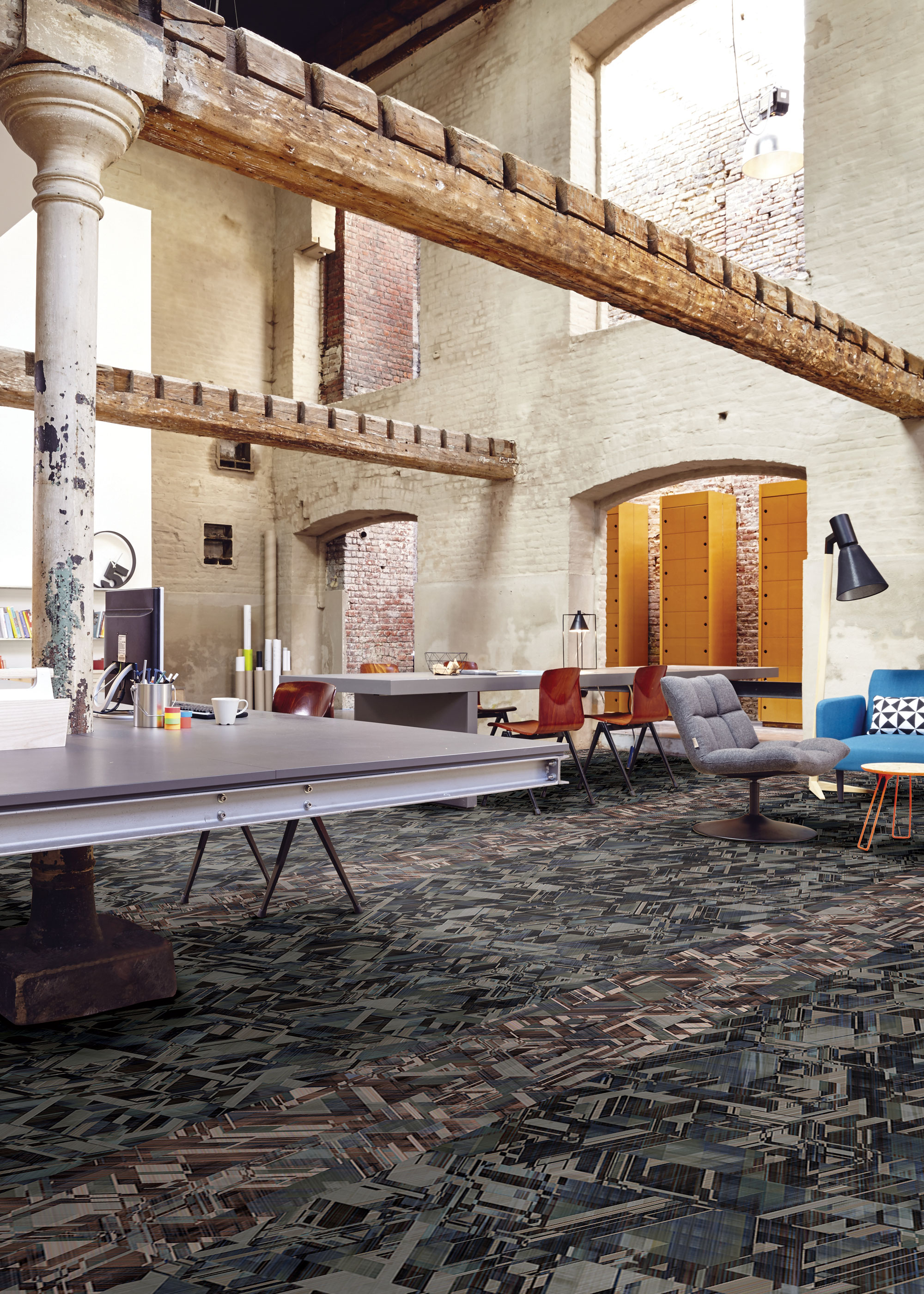
Photo courtesy of Tarkett
Radical Transparency
For Tarkett, the focus is constantly on the way products and people interact with the environment. The company is committed to sharing the details about those interactions with the public. Third-party certification is a huge part of that. So far, third-party experts have certified more than 2,700 raw materials within Tarkett products.
The Cradle to Cradle standard assesses the broader impact of a product upon both people and the environment. After weighing five factors—material content, material reutilization, share of renewable energy, water stewardship during production, and socially responsible principles—the product receives a certification, from basic to platinum.
Tarkett worked with the Environmental Protection and Encouragement Agency to create a document to create a material health statement document to disclose the results of its C2C assessments. This provides full visibility around the composition of its products and the environmental impact of materials throughout the manufacturing process. It’s just one way in which the company embraces “radical transparency,” Klinger says.
To Evans, transparency around materials is essential. “We are providing the safest products and systems in the industry for our customers and our employees,” he says.

Photo courtesy of Tarkett
If such luxuries sound like something you’d want in your own house, it’s no accident. The center was designed to feel like a home away from home, as study after study has shown that a nurturing physical environment is an invaluable complement to medical care. This is also why natural materials and organic forms predominate in the interior design scheme for the three hospitals, along with soothing color palettes and nature-inspired artworks that are intended to create a peaceful ambience.
Ceiling tiles and flooring surfaces were chosen to absorb sound, rather than amplify it, as is often the case in more “institutional” facilities, a category in which hospitals are too often lumped that conjures up warehouses and military bases more than a place to heal. Here and there are tiny meditation rooms with soft music, and lounges designed with faux fireplaces and other features reminiscent of a family room. Speaking of family, all inpatient rooms have sufficient space and furnishings to allow family members to stay with their relatives while they receive care, which unfortunately is not the norm at other health care facilities.
“The center has health—in the most global sense—at its heart,” says Harrison.
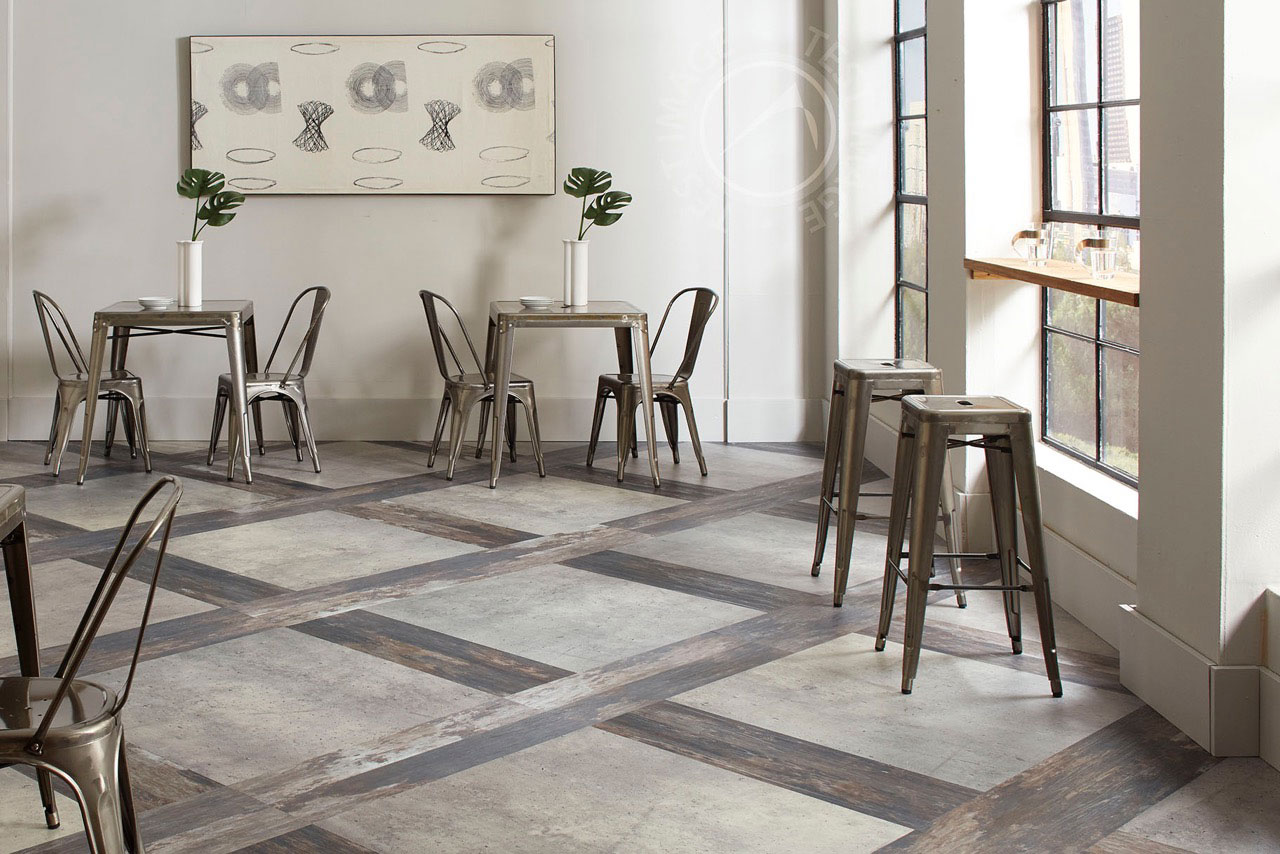
Photo courtesy of Tarkett
Future in Focus
For Tarkett, three megatrends will shape the globe—and its business—in the decades to come. First, increasing economic opportunities are pushing people to cities. Just over half the world’s population lived in cities in 2014, but by 2050, that share will jump to two-thirds. As a result, megacities—those with populations over more than 10 million—are popping up all over the world. The United Nations expects 41 megacities by 2030.
And the population isn’t just growing—it’s aging, too. Virtually every country on earth is experiencing growth in both the number and proportion of older adults among their population, the UN reports. Over just 15 years, from 2015 to 2030, the number of people ages 60 and older is projected to grow by 56%—to 1.4 billion. That will reach 2.1 billion by 2050.
This growth is accelerating the pressure on resources. Over the last century, water usage has been growing at more than twice the rate of population increase, the UN says. And by 2025, nearly 2 billion may be living with absolute water scarcity. Further, much is being lost: Of the $3.2 trillion in global materials value consumed each year, only 20% is recovered, according to the World Economic Forum. Just 20 to 30% of construction and demolition waste is recycled or reused.
The interplay of these enormous challenges will shape the future. The people, organizations, and companies that understand this have the capacity to make a major difference in our world.

